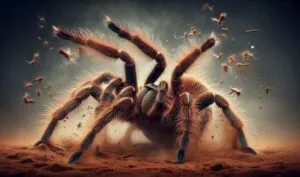What are Urticating Hairs
Tarantulas, those impressive arachnids, possess a unique defense mechanism known as urticating hairs. These aren’t just ordinary hairs; they’re specialized structures designed to irritate and deter potential threats. Found primarily on the abdomen of New World tarantulas, these hairs are a crucial part of their survival strategy. When a tarantula feels threatened, it can flick or kick these hairs towards the perceived danger, causing significant discomfort and acting as a powerful deterrent. Understanding these hairs is key to appreciating the complex adaptations of these fascinating creatures.
Location of Urticating Hairs
The location of urticating hairs is quite specific. They are typically found on the tarantula’s abdomen, in patches or clusters. The specific area varies slightly depending on the species. Some tarantulas have these hairs concentrated in a single area, while others may have them distributed across a larger portion of their abdomen. The hairs are not always visible to the naked eye and can be easily overlooked unless you know what to look for. These specialized areas serve as the tarantula’s primary defense against predators, with the hairs being readily deployed when necessary.
Types of Urticating Hairs
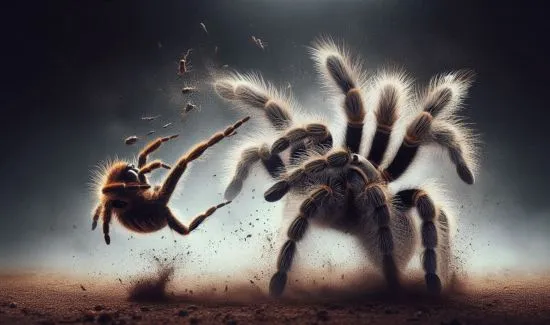
There are different types of urticating hairs among tarantula species. These variations play a role in the effectiveness of their defense. Type I hairs, for example, are barbed and designed to embed themselves in the skin of a predator, causing prolonged irritation. Type III hairs are often more potent, causing a stronger reaction. The different types of hairs are categorized based on their structure and the effects they produce, illustrating the diversity and specialization of tarantula defense mechanisms. The evolution of these hairs has resulted in a variety of structures, each adapted to provide the best protection for the tarantula in its specific environment.
How Tarantulas Use Kicking Hairs
Tarantulas have developed a fascinating method for deploying their urticating hairs. When threatened, the tarantula will typically rub its hind legs against its abdomen, kicking or flicking the hairs towards the perceived threat. This action, often described as a quick flick of the legs, can launch a cloud of irritating hairs in the direction of the potential danger. This defense mechanism is remarkably effective, as the hairs can irritate the skin and eyes of predators, causing them to retreat. This behavior is a testament to the adaptability of these spiders and their ability to survive in various environments. The ability to target the threat accurately is a key component of this defense strategy.
The Kicking Process
The kicking process is a complex series of movements executed with remarkable precision. The tarantula uses its hind legs to brush against the abdomen, where the urticating hairs are located. The hairs are dislodged and propelled through the air towards the perceived threat. The force and accuracy of the kick can vary depending on the species and the level of perceived danger. This action is often repeated, releasing a cloud of hairs that can cover a significant area. The speed and efficiency of the kicking process highlight the tarantula’s instinctual response to danger.
Targeting the Threat
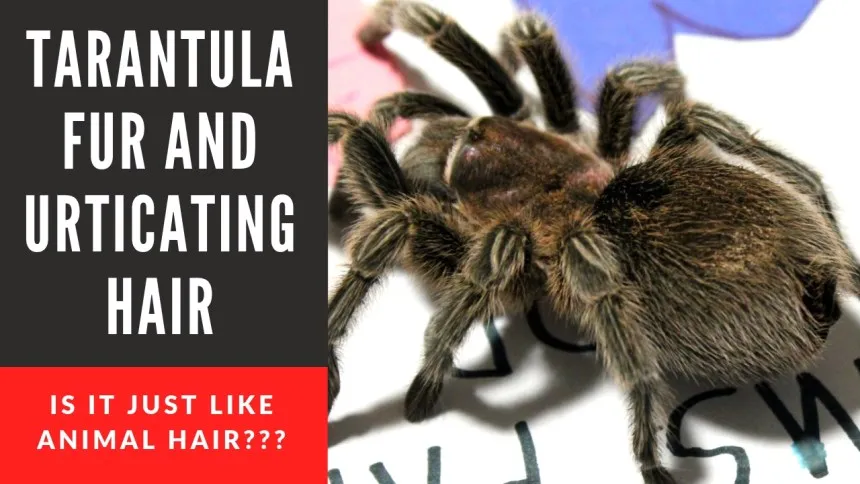
Tarantulas are not indiscriminate in their use of urticating hairs; they often aim their kicks at the most vulnerable areas of the threat. This might include the eyes, nose, or mouth of a predator. By targeting these sensitive areas, the tarantula maximizes the effect of the hairs, causing the predator to retreat or at least take a pause. This targeted approach demonstrates a level of awareness and strategic thinking, showcasing the complex behaviors of these arachnids. The accuracy with which they target their attackers is a testament to their evolutionary adaptations.
Effects on Predators
The effects of urticating hairs on predators are varied and can range from mild irritation to severe discomfort. The hairs can cause itching, burning, and inflammation of the skin. If they come into contact with the eyes, they can cause significant irritation and even temporary blindness. The hairs can also be inhaled, causing respiratory problems. For many predators, the experience is enough to deter them from attacking the tarantula again. This defense mechanism is a crucial factor in the tarantula’s survival, as it effectively reduces the risk of predation and allows them to thrive in their natural habitats.
Why Tarantulas Kick Hairs
The primary reason tarantulas kick their hairs is for defense. This behavior is a critical survival mechanism, allowing the spider to protect itself from predators. The hairs act as a deterrent, causing irritation and discomfort to anything that comes into contact with them. This defense is particularly effective against mammals, birds, and other animals that might try to prey on the tarantula. The evolution of this defense mechanism has greatly increased the tarantula’s chances of surviving in a dangerous world. This strategy has allowed tarantulas to colonize a variety of habitats.
Defensive Strategy
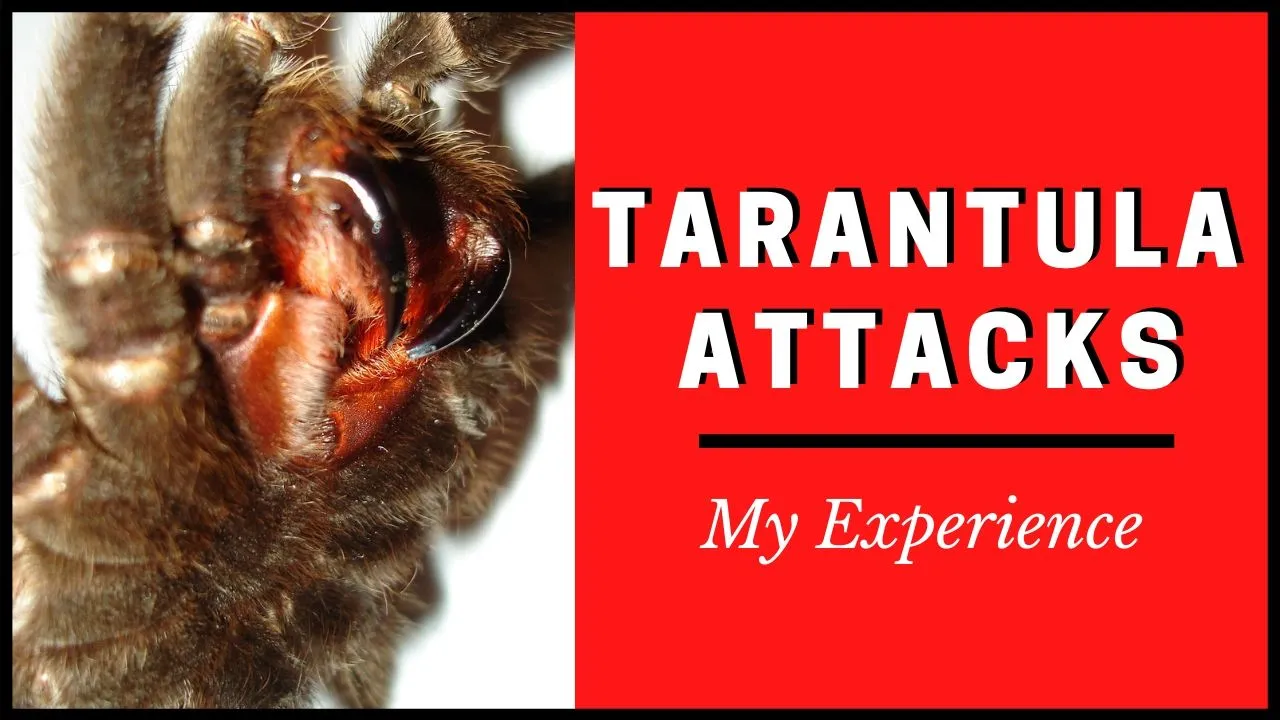
The kicking of urticating hairs is a key element of the tarantula’s overall defensive strategy. They use it as a first line of defense, often before resorting to more aggressive tactics like biting. This strategy is designed to avoid conflict, if possible. It is an effective way to ward off potential threats without risking injury to the tarantula. The hairs are a potent reminder that these creatures are not to be trifled with. This tactic minimizes the risk to the tarantula, allowing it to survive against larger and stronger predators.
Molting and Hair Replacement
Tarantulas shed their exoskeletons as they grow, a process known as molting. During molting, they also replace their urticating hairs. The new hairs are grown before the old exoskeleton is shed, ensuring the tarantula maintains its defense capabilities. This process is a crucial part of their life cycle, allowing them to grow and remain protected. The molting process is a vulnerable time for the tarantula, as they are soft and defenseless, and therefore it is even more important for them to have a full complement of urticating hairs both before and after this critical period.
Top 5 Facts about Tarantula Kicking Hairs
Fact 1 Understanding Urticating Hairs
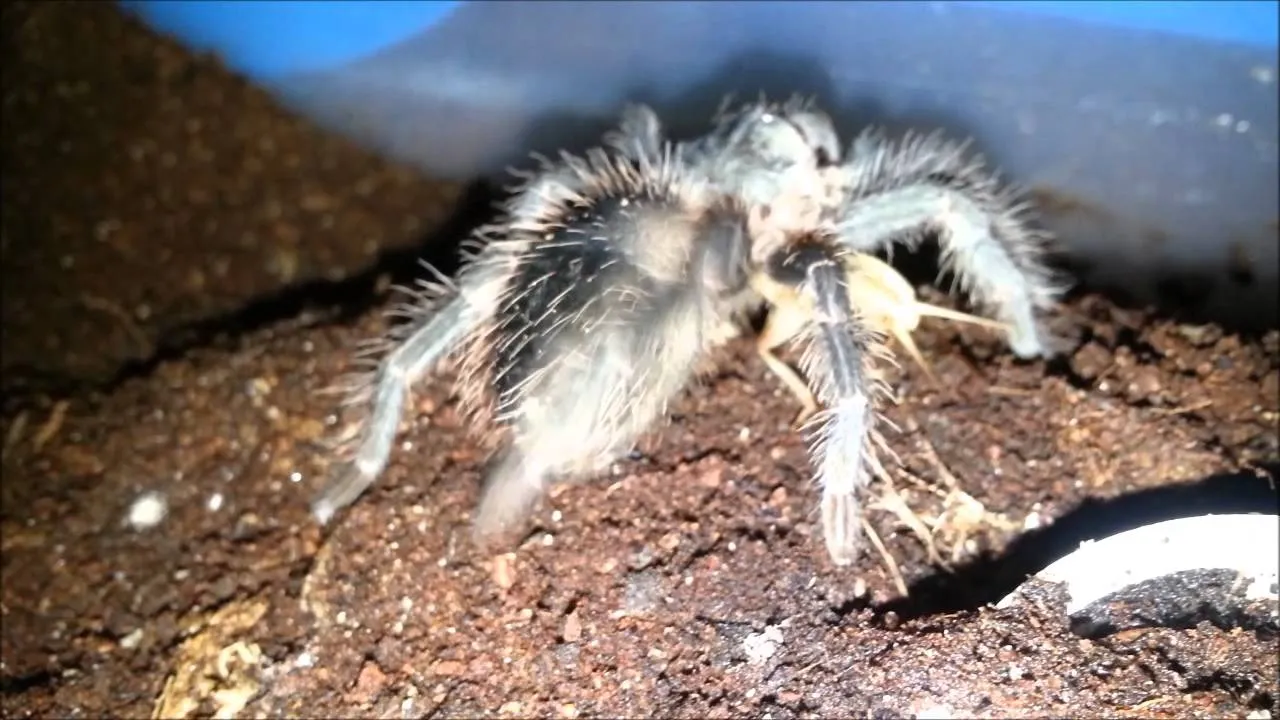
Urticating hairs are specialized hairs found on tarantulas, primarily on their abdomen. These hairs are designed to irritate and deter predators, acting as a crucial defense mechanism. The hairs come in various types, with barbed structures that embed in the skin, causing prolonged irritation. These hairs are not just for show; they are a carefully evolved adaptation, crucial for the survival of the tarantula, protecting it from a variety of threats in its environment.
Fact 2 The Kicking Action
Tarantulas use a specialized kicking action to deploy their urticating hairs. When threatened, they rub their hind legs against their abdomen, flicking or kicking the hairs towards the perceived danger. This action releases a cloud of irritating hairs, aimed to cause discomfort to the threat, deterring it from further engagement. The precision and efficiency of this behavior showcase the tarantula’s instinctual and adaptive responses to potential threats.
Fact 3 Target Areas
Tarantulas often aim their urticating hairs at the most vulnerable areas of a threat, such as the eyes, nose, and mouth. This targeted approach maximizes the effect of the defense, ensuring a greater chance of deterring the predator. This strategy reflects the tarantula’s awareness and calculated response, making its defense mechanism even more effective in ensuring survival.
Fact 4 Effects on Humans
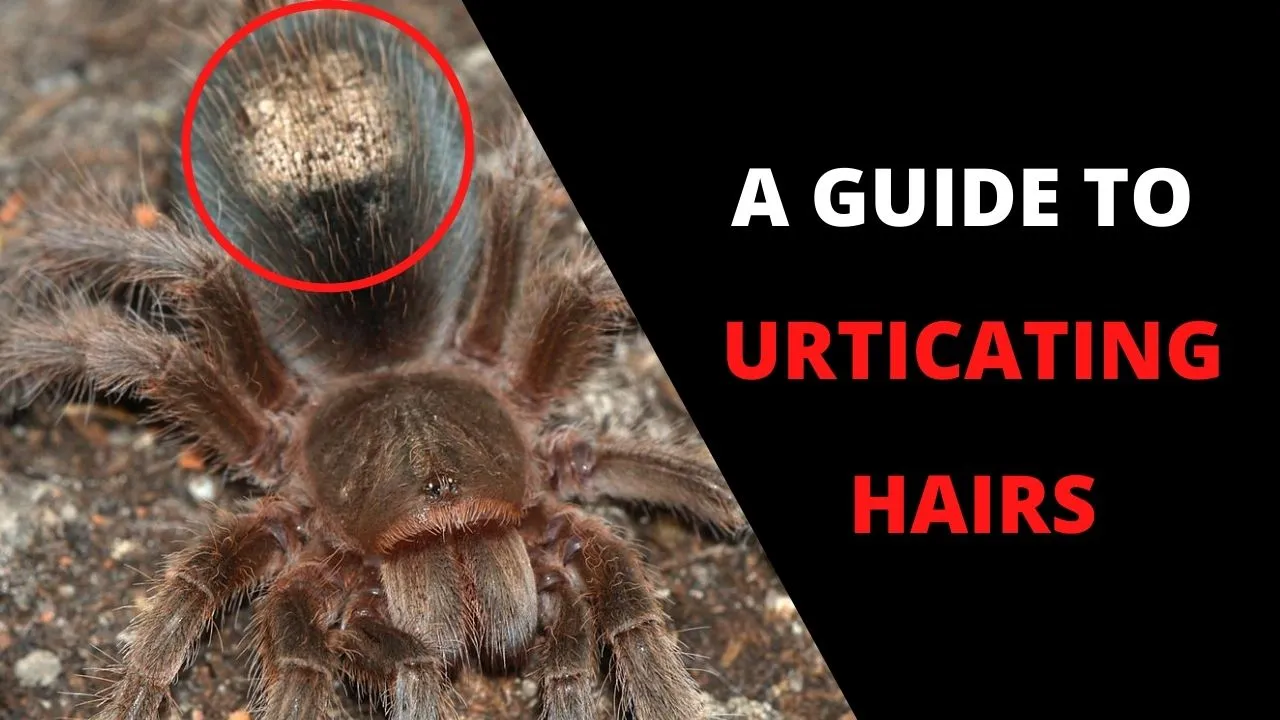
The effects of urticating hairs on humans can range from mild skin irritation to more severe reactions, especially if the hairs get into the eyes or are inhaled. Exposure can cause itching, burning, and inflammation. It is essential to avoid touching or disturbing tarantulas to minimize the risk of exposure. If contact occurs, washing the affected area and avoiding rubbing can help reduce the impact of the hairs.
Fact 5 The Evolutionary Advantage
The evolution of urticating hairs provides a significant advantage to tarantulas. This defense mechanism reduces the risk of predation, allowing them to thrive in various environments. This adaptation has contributed to the tarantula’s success as a species, enabling them to survive and reproduce effectively. This defense mechanism is an excellent example of natural selection in action, as it allows the spiders to successfully navigate the challenges of the wild.
